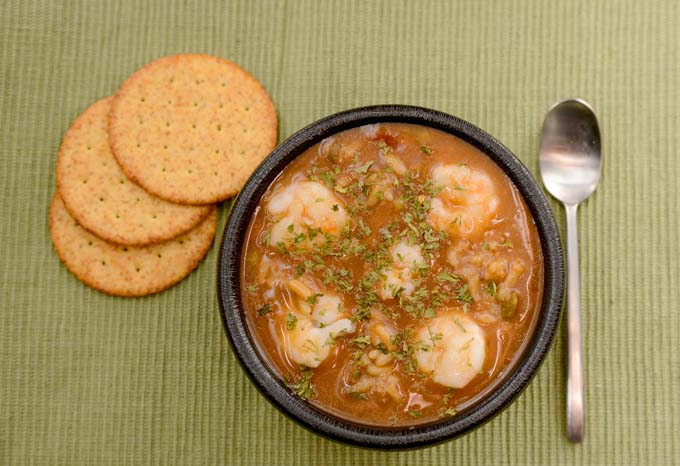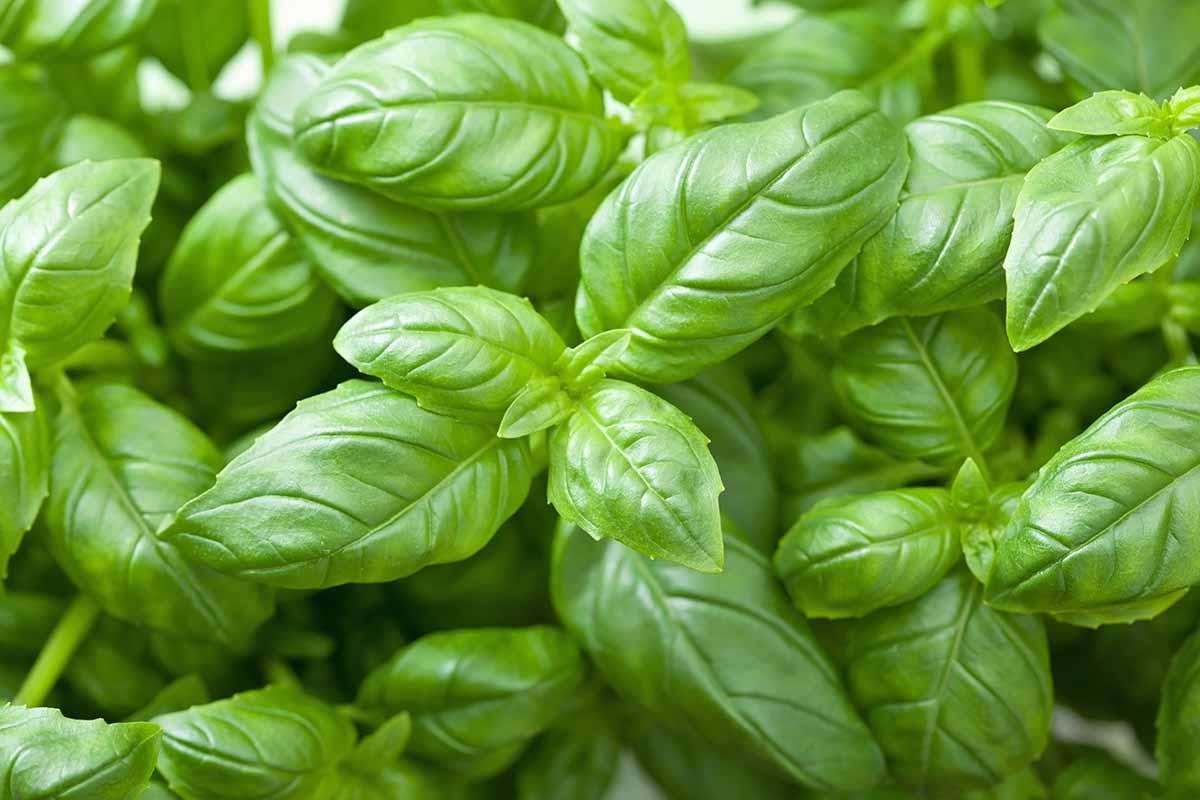They’re the Same, Right?

Cajun and Creole sound similar, and they both come from Louisiana and are both well known variations of southern cooking.
It is no surprise that many people confuse the two, but for those who are aware of the vast differences, the claims that Cajun and Creole are the same is like equating expensive wine with mass market beer.
Once you learn what makes each of these cooking styles unique, you will be better able to appreciate them.
In order to understand the difference in these two cooking styles, you have to know the history behind Cajuns and Creoles. Cajun people are those who descended from Acadian settlers. The French had established a colony in Eastern Canada known as Acadia.
Today this area encompasses Nova Scotia, New Brunswick, and Prince Edward Island, but the people from that colony were eventually driven out when Acadia was ceded to the English.
The French Acadian people fled to the swampland of Louisiana and established their own colonies in the countryside there. These were often farming communities and the cuisine which arose from them has a hearty, comforting feel to it. Cajun food often takes advantage of local products such as crawfish (also known as crawdads and crayfish) and game.
Creoles were those who descended from the settlers of Louisiana directly from Europe, mainly Spain or France. Most Creoles remained in the larger cities and established their own genteel neighborhoods preserving their European heritage.
As such, they more closely maintained their ties to their European roots. Creole cuisine has a heavy European influence, especially from the rich dishes of French cooking.
When you think about Creole cooking think about New Orleans cuisine, and you will have a good picture of it. Examples of Creole dishes include those heavy in tomatoes and often seafood which are not as prevalent in Cajun dishes.
Here is the confusing part, Jambalaya and Gumbo can be found both in Cajun homes and Creole restaurants. These two dishes could easily be considered the quintessential “clean out the cupboards” dishes. Jambalaya combines rice, various meats and spices in a Louisiana version of the Spanish dish Paella.
Gumbo is a stew which has been thickened with okra (which means gumbo) and in Cajun kitchens, file. Some Creole cooks will add tomatoes to their gumbo. Like the thousands of versions of chili in homes across the nation, gumbo is a dish of ones personal tastes.
If you are looking for a genuine Cajun experience, you might want to consider a crawfish boil. Make sure to have large pots of water, pounds of crawfish (they are at their most abundant in April and May), corn on the cob, boiler potatoes, crawfish boil seasoning mix, newspapers, lots of beer, and music (preferably from a live band).
In order to have a successful crawfish or shrimp boil, you will need a lot of friends around. These are community events and there is often more socializing than crawfish consuming happening.
There is a trick to eating these tiny “mud bugs”. You have to pull the tail away from the head, and pop the meat from the tail out. Some people will suck the juices out of the head as well. If this does not sound like your cup of tea, you might want to try the Creole recipe below:
- 2 tbsp olive oil or your preferred cooking oil.
- 1/2 cup onions chopped.
- 1/4 cup bell pepper chopped.
- 1/4 cup celery chopped.
- 2 cans stewed tomatoes Cajun style, diced
- lbs shrimp cooked, peeled, deveined.
- 2 cups white rice cooked.
- 1. Heat the oil in a skillet. Sauté the onion, bell pepper, and celery in the skillet over medium high heat until translucent.
- 2. Add canned stewed tomatoes to vegetables and bring to a boil.
- 3. Reduce heat to low and let this mixture simmer for 30 minutes to 1 hour.
- 4. Just before serving raise the heat to medium, stir in shrimp and cook just until the shrimp is hot.
- 5. Serve hot over cooked white rice.

About Lynne Jaques
Lynne is a stay-at-home mother of two boys. As a former US military officer and the spouse of an active duty US military member, Lynne enjoys traveling the world (although not the moving part!) and finding new cuisine and methods of preparing food. She also has the habit of using parenthesis way too much!





I am so happy to see that someone knows the difference! I have had this conversation, even argument more times than I care to remember. Why people think they’re the same is beyond me. I prefer Creole myself, even though I’m fine with Cajun as well. But any foodie should be able to see that the spices and spice “degree” are totally different… well written!
By the way, this has nothing to do with this post, but is there a way I can change my avatar??? I don’t really care for that sour (or sick) green face….lol
Hi Torreyy – if you have not changed your avatar yet it should be in your gravatar settings.
Regarding the article, I have to admit I was a little naive and not sure of the differences, thanks for the article consider me to be one more person educated.
My Mother says to thank you, Lynn, for describing the difference between Creole and Cajun cultures, in such a lovely way and for the Cheater’s Shrimp Creole recipe. My mother is part Louisiana Creole, Chinese and Spanish. I served this dish earlier on today for my Mother.
I must admit I’m one of those people who thought the words were interchangeable. I apologize for my insensitivity! 😉
I love all types of Louisiana cooking, regardless of the name. The spicier the better. I have often ordered jambalaya and gumbo from restaurants, but have never had the confidence to try making it on my own. This looks like a perfect recipe to get my Creole cookin’ skills primed.
Your blog makes me so hungry it’s ridiculous!
Louisiana is a great place to relax, and of course, to eat! The foods are simply amazing. And I just love the jambalaya!
I also have had this conversation with so many people who say there isn’t a different. I am so happy you pointed all of that out, and I will definitely be referring everyone to this article who tends to start this argument with me again 🙂
A large portion of my family hails from Creole country stretching towards Mobil Alabama. My uncle always said Cajun’s add spices to cover up the fact that they can’t cook and Creole people add spice to show that they can cook. Or, sometimes taste overtakes flavor in his opinion.
I always thought that Creole cookery would be quite difficult to get right so I’m really pleased to see that your recipe is really quite simple. Definitely another one to try.
I honestly never even thought of defining the two variations. I just generally associated both with a Southern style. Thanks for adding the recipe to an informative article. I have to say I rarely make a quick gumbo (because I’ve always felt like you lose out on flavour) but I’m willing to give this one a try.
That’s very interesting. I was unaware of some of the differences, probably because when it comes to gumbo and jambalaya, I don’t make either “proper” version. I kind of just do my own thing. It’s still a work in progress since I’m far from perfecting my recipes thus far.
The Cheater’s Shrimp Creole looks quite good and sounds simple. I’m thinking about making this one. It looks like something my husband would love, and if he thinks I fussed (even though it was easy), I’m okay with that. :p
Haha! I’m such a fool! I have always thought Cajun is a SPICE! Every time I would come across this word when searching for a recipe, I would always skip it. In my mind, there’s no reason to check out the recipe as I’m quite positive that I won’t find “cajun” in the supermarket. But today, I don’t know why I clicked it. But I’m glad since now I know that Cajun isn’t a spice at all!!!
I think that even if people know that Cajun does not necessarily mean spice or a certain type of spice, that is still something that people just kind of assume anyway, and I know that I am guilty of this. I have never been to this region of my country but I have always wanted to go, and from all accounts and all experiences here I love the food, so I would love to get the real thing one of these days. Thanks for making my mouth water.
Nice recipe, and great information all around, I’ve been to the southeastern parts of the US before, and I can attest that the locals there sometimes get ticked off when we out of towners get their cuisines confused. Anyway, I voe them both.
Every other comment seems to marvel at this “rectified history”, but I have a bone to pick with it. “Creole” is not from Louisiana. Creole is from a tons of places where European colons established camps — you can find creole cuisine from Haiti, from Martinique, from Reunion Island, etc, etc. And none of these creole dishes have anything to do with Louisiana. So, if this explanation is going to be so narrowly centred on US cooking, maybe that should be mentioned. Otherwise, the wide array of creole cooking should not be so blatantly ignored and refocused on its US variant.
I appreciate the further insight. I would love to know more about non-American creole cooking, as it seems like the majority of info is rather American-centric. Not that I have anything against the US variant, I just always think it’s great to expand horizons.
I’m rebuilding my spice collection, and hadn’t thought to include file, but I will take care of that on my next shopping trip. It’s been a long time since I’ve cooked any cajun or creole food, but your recipe looks delicious and easy, so I think I will try it out.
This was great! I’ve been trying to understand this for a while now. People have been confusing me about it. Some say its the same while other say they are some what related. Which after reading this I think it kinda related. They are definitely not the same but you said that Cajun came from the France? I’m not sure I agree that they are totally different on the heritage wise. The cooking however I agree that they are two completely delicious dish! 🙂
I have always wanted to travel to the areas these foods originated from to try out the real authentic cooking. I do enjoy both types of foods and like to try them out at home. This is great information. I always enjoy learning something new.
I am going to be honest, I have used Cajun and Creole interchangeably forever. I don’t particularly enjoy either style of cooking tremendously, so I guess I never took the time to look into it as a result. They were both always associated with Louisiana in my mind, so I assumed they were the same. Thanks for clearing this up for me! You might have saved me some embarrassment in front of a more experienced foodie.